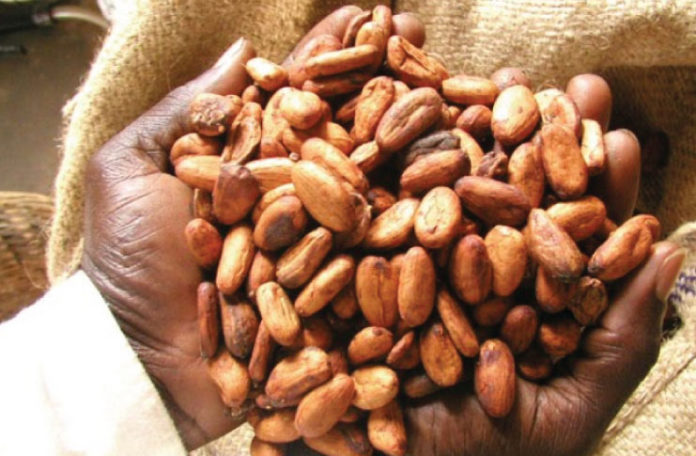
LEADERS in the cocoa industry from Ghana and its neighbour Cote d’Ivoire are considering buffer-stocking as one key strategy in having a say in how cocoa prices are decided on the world stage, Yaw Osafo-Maafo, Ghana’s Senior Minister has said.
Ghana and Cote d’Ivoire produce more than 60 percent of total global output of cocoa annually, with Ghana receiving at least $2bn into its economy from the industry every year.
Speaking in an interview late March during a one-day Cocoa Investor Forum that brought together key players in the industry from both countries as well as some key global institutions, the minister argued that the proposal would be a step worth taking since it would end the incidence of glut in the market which drives down the price for cocoa on the global stage.
‘For every commodity in the world, when you have too much of the product on the market the price falls. But when there is a dream of scarcity the price goes up,’ he said, adding that the two countries should strategise on controlling the flow of the product in the market.
Although the senior minister conceded that the strategy could create some challenges for the economies initially because the countries need money for development, he quickly added that the rush to put the beans on the market sometimes only hurts the producing countries.
Ghana’s first president, Kwame Nkrumah had built silos in the industrial port city of Tema, 40 km east of the capital with which he intended for the country to store cocoa buffer stocks, in order to have a say in the global price fixing for the beans.
The Ghanaian official said with the cordial relations between President Akufo-Addo of Ghana and Alassane Ouattara of Cote d’Ivoire, collaboration on that front would be easy to achieve.
The forum was put together by the AfDB, with support from the World Bank and the governments of the two countries.
AfDB Director for Agriculture Financing, Atsuko Toda, said in an interview that the bank was ready to support the countries in establishing a fine alignment between the producer price and the global market pricing.
‘So the issue is there is a price inelasticity between the cocoa price, which is received from the farmers and the global price. Forecasting and having good data about how much cocoa is available is key. Currently with both countries there is a challenge about how much cocoa is being produced. So having good data and helping them to build good data collection systems is one thing we are looking at,’ she explained.
The cocoa industry provides about 1.6 million jobs across the value chain, but global price fluctuations create difficult situations for these two countries which have remained raw beans exporters.


























